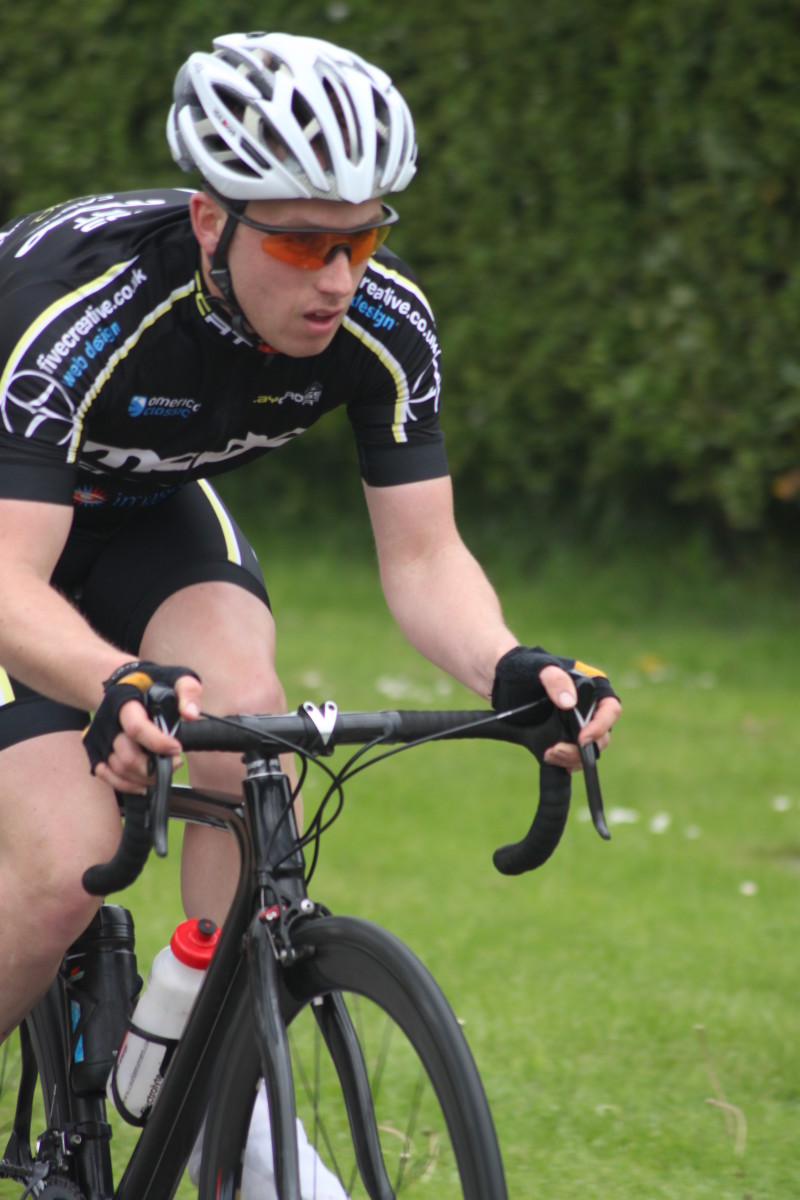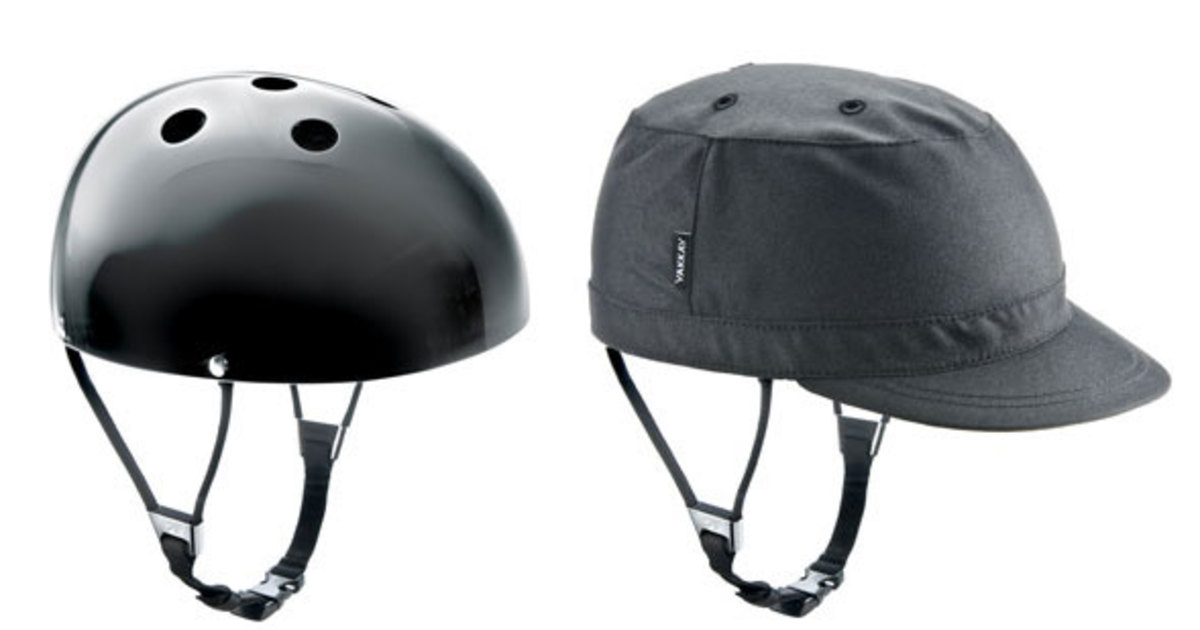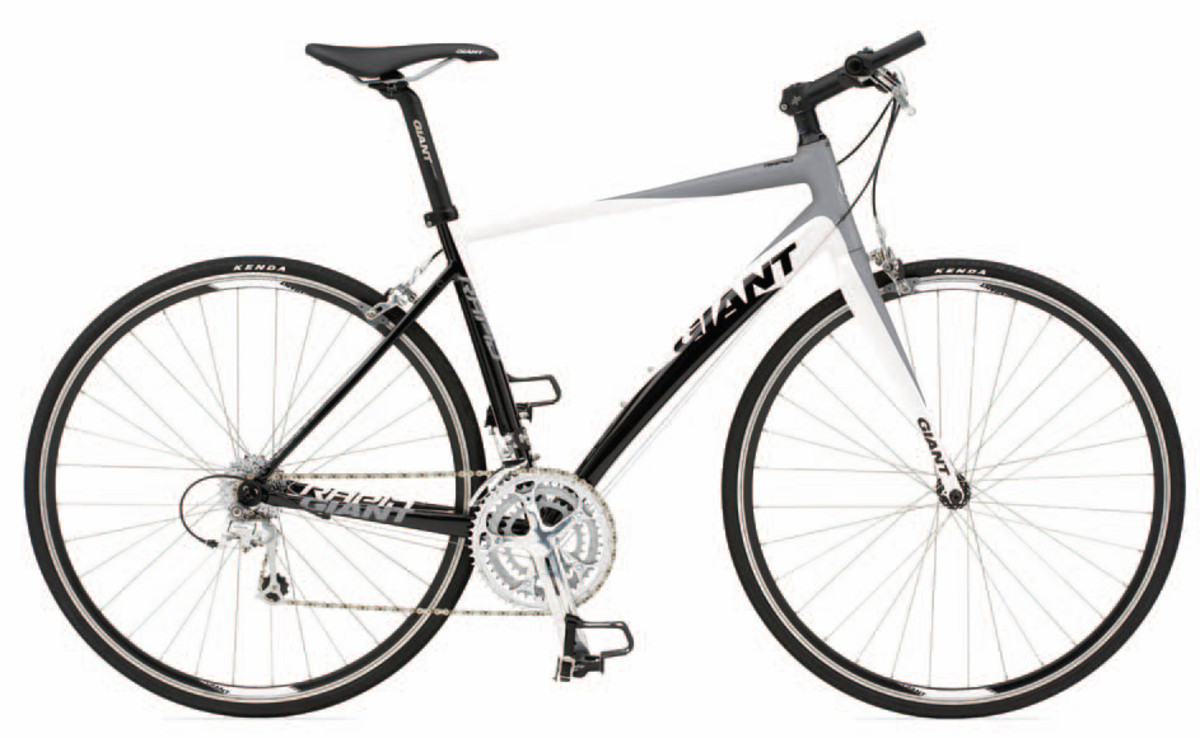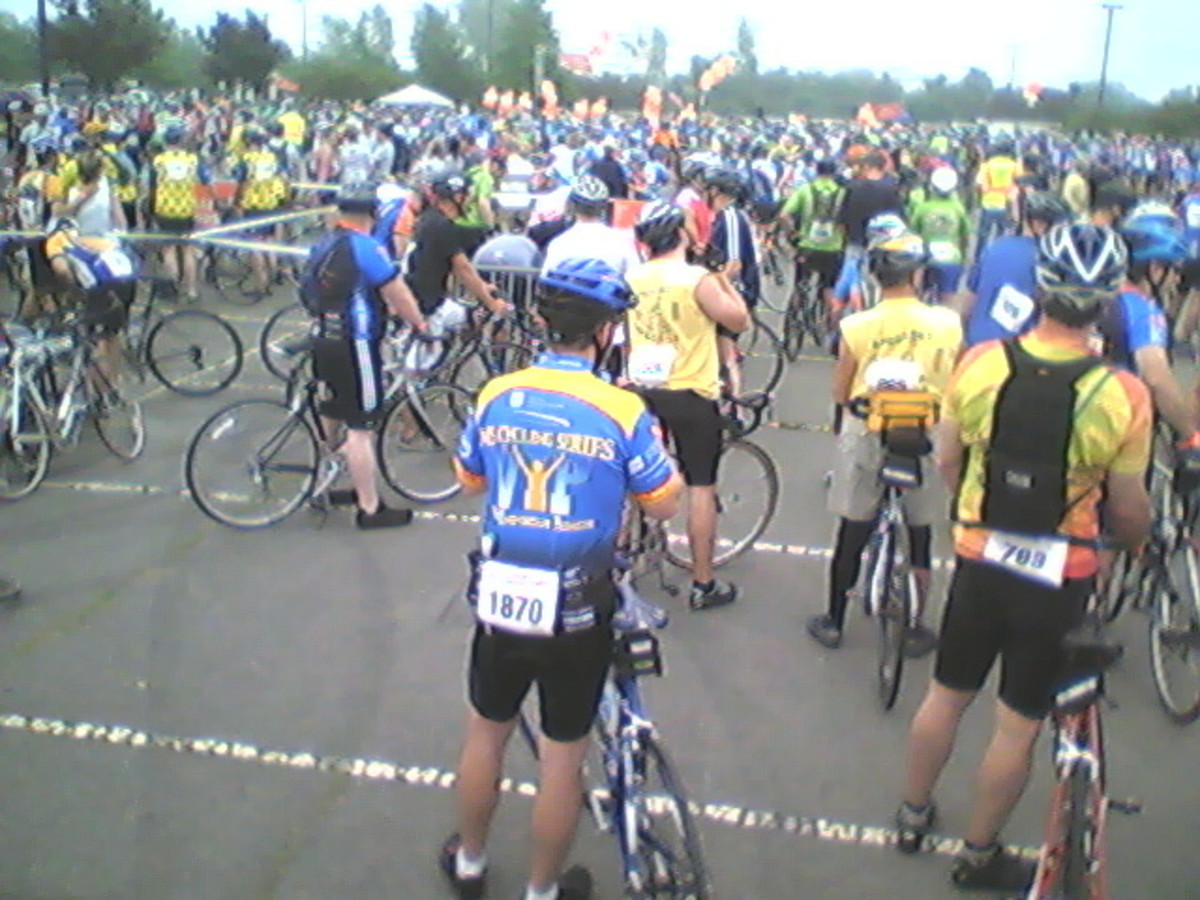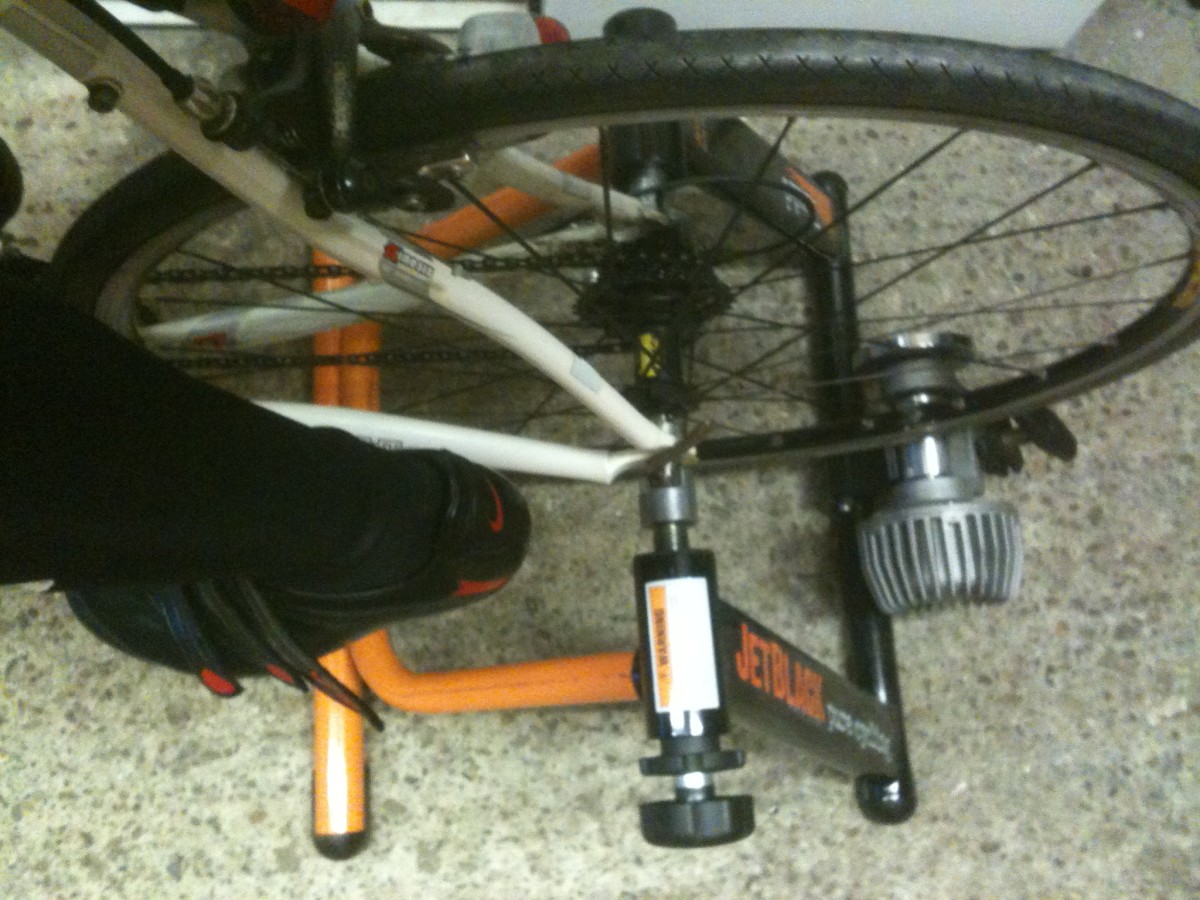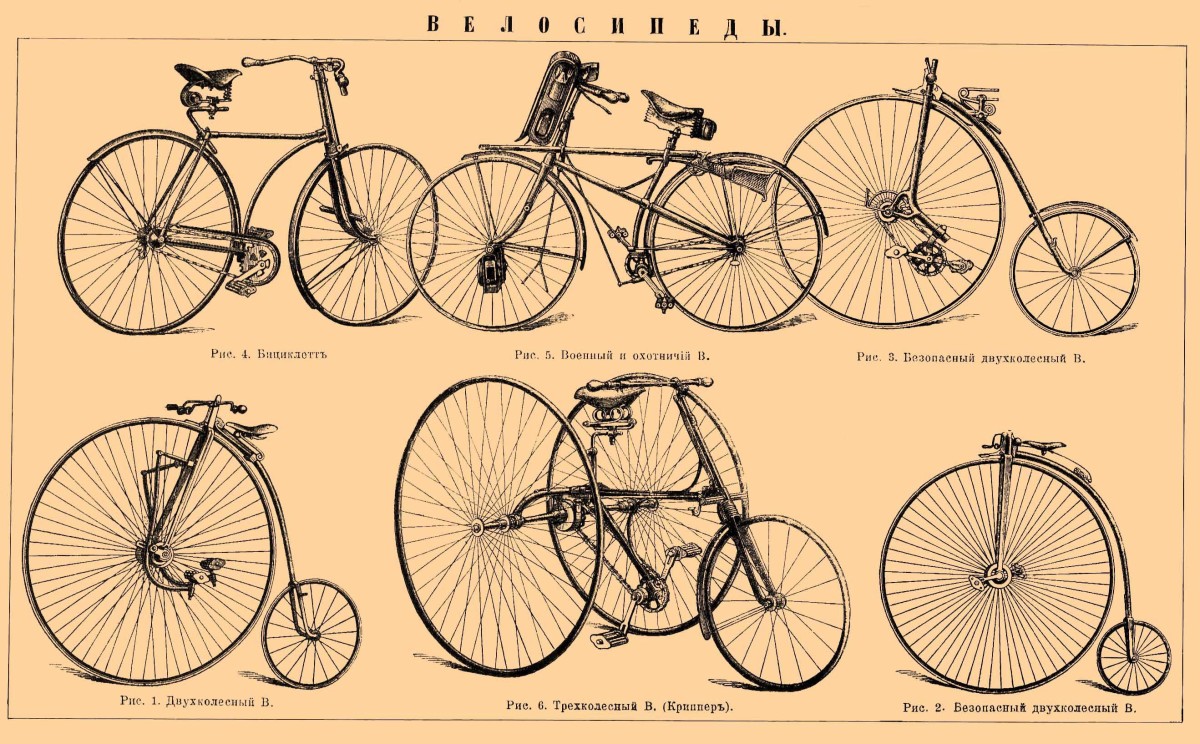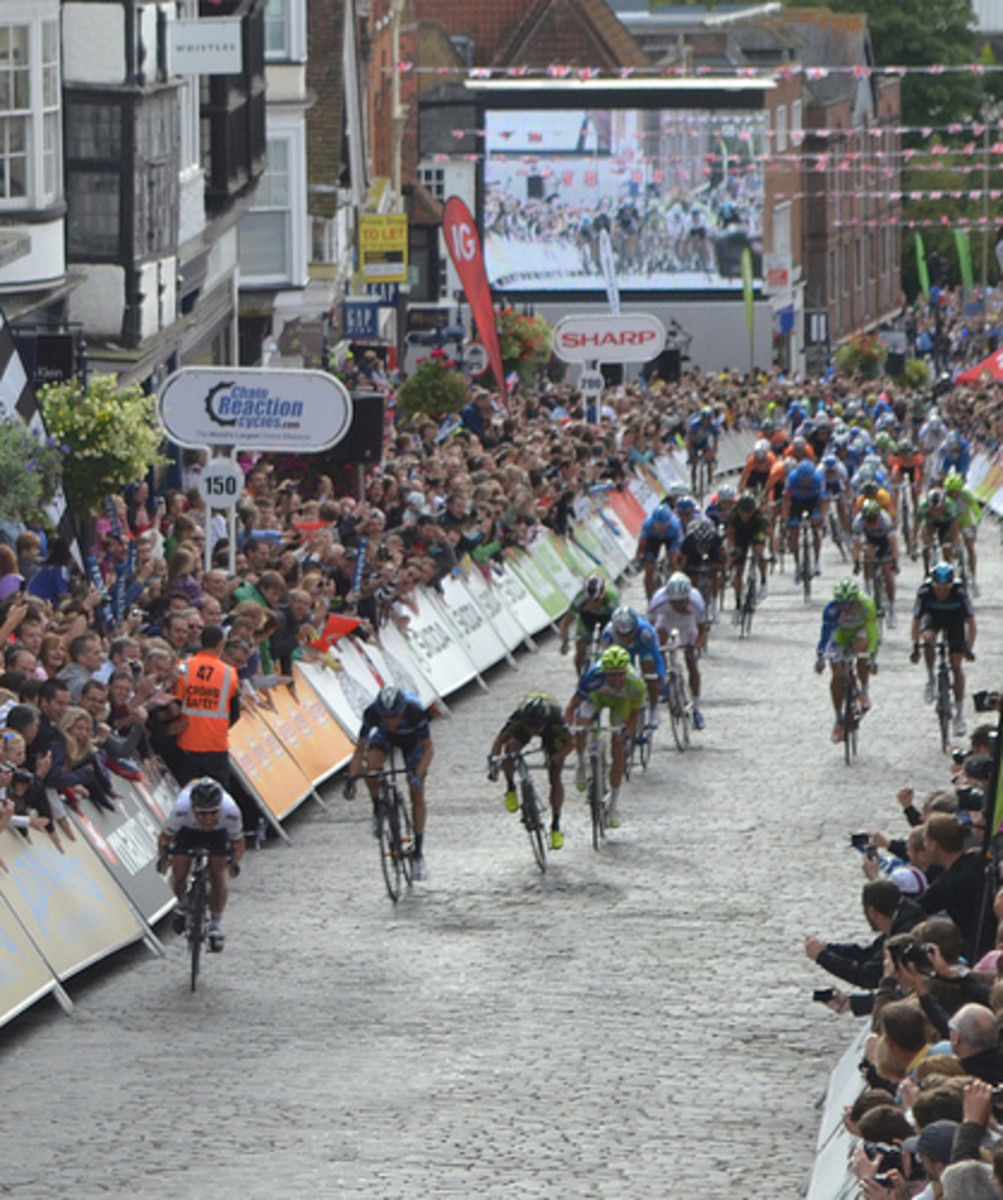Cycling Lands End to John o Groats - End to End bike ride
Cycling Land's End to John O'Groats - Why on earth would you want to do that?
What is the appeal of cycling End to End? Why would you want to ride from Land's End to John o' Groats?
Because it's there?
For many that's enough. The 'End to End' bike ride represents an iconic long distance cycling achievement from Lands End at the South Western tip of the UK to John o'Groats, at the opposite north eastern corner. Depending upon the route you choose, Lands End to John o Groats is a challenge approaching 1000 miles of cycling across the gloriously diverse landscapes of the British Isles.
The UK has some of the best bicycle touring country in Europe, perhaps even in the world. Within realtively short distances you can enjoy hugely varying landscapes - from the harsh openness of the south-western moorland, the summits of the Pennine spine of the country, the glacial legacy of the Lake District and the wild emptiness of the Scottish Highlands. All this can be yours, in the form of the bike ride that is Lands End to John O'Groats - oh, and deserved membership of one of the most exclusive clubs - the End to Enders.
Are you ready to cycle End to End?
Can I really do it?
Yes, if you really want to and are prepared to commit some time and effort to planning and preparation.
If you are a regular leisure or club rider you will need little additional training, assuming you set yourself a manageable schedule to complete the ride. If however you are an armchair cyclist - one of the vast majority of people in the UK who owns a bike, but very rarely gets it out of the garage - then you will need to do some sensible training in order increase your cycling fitness and to give yourself a chance of enjoying the ride.
Land's End to John O'Groats in pictures


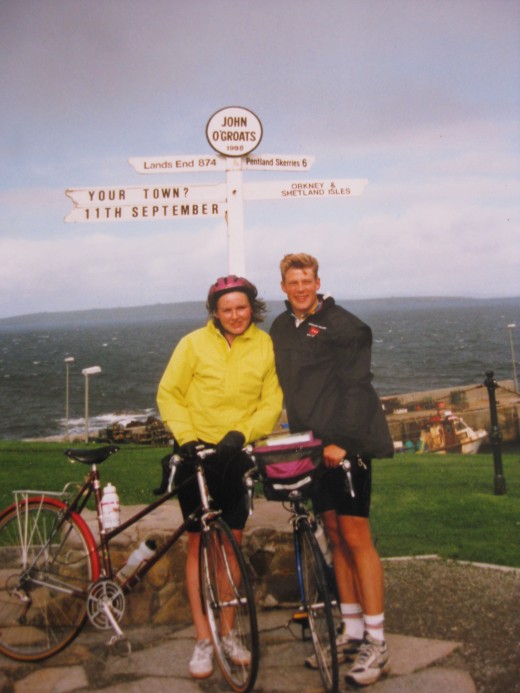
How long will it take?
How long is a piece of string?
The current record for cycling from Land's End to John o'Groats was set by Gethin Butler in 2001 - a staggering 1 day, 20 hours, 4 minutes, 20 seconds. You can spend longer than that in a traffic jam on the M6. However, I don't reckon he got to enjoy too much of the scenery, so you might want to choose a more leisurely pace.
The time it will take you will depend upon your route, your level of fitness and your mindset. If you are looking to do it as a time trial, or to try to achieve your fastest possible time, a fit rider happy to eat on the move and rough it in a bivvy bag could get from one end to the other in 3 or 4 days.
However, if you want to turn a challenge into a holiday, allowing a fortnight is a more humane way to do it. 10-12 days of cycling and a couple of days slack for the unexpected, and to get yourself to and from the start and finish points. Look upon it as a healthy and more interesting version of your usual summer holiday. Believe me, you'll be dining out on your achievement for many years to come - and rightly so!
Can I cycle End to End with the kids?
Depends on your kids! Mine, age 7 and 8 are handy bike riders, well able to do 40+ miles on a one off ride. But would they really want to do that every day for 4 weeks? Or could they double it and do 80 miles a day - probably not, and even if they could, have I got the patience to coax and cajole them through the tougher windy wet and grinding sections when morale dips? Definitely not!
However, not everyone feels the same - to date the youngest known end to end cyclist is Bow Jango Cann aged seven and nine months who on the 21st July 2002 snatched the record from his older brother Capability Jack Cann aged eight who had earned the title on the same trip only ten seconds before! They did the trip in 22 days unaided using their own bikes, riding with their teenage sisters and their parents.
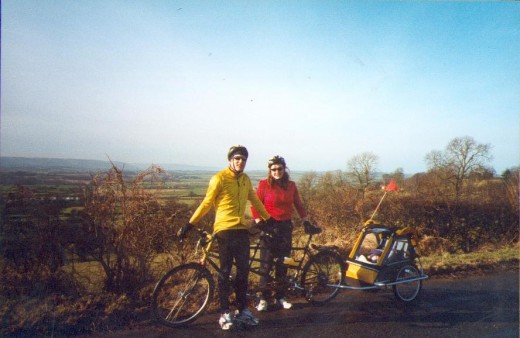
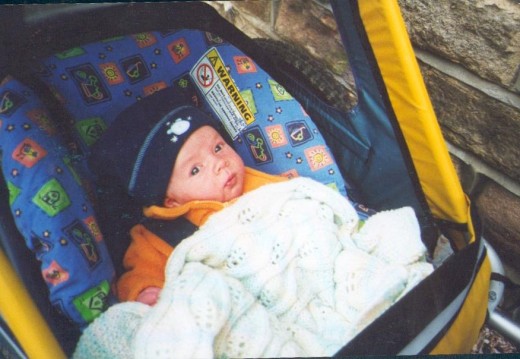
Want a better bike? Here's how you can afford it.
- How to get your free money from the UK cycle to work scheme!
Nothing is for free surely? So wheres the catch with the UK governments Bike to Work scheme? The good news is that there is no catch. There's a tax incentivethat means that you can get a substantial reduction on the cost of a new bike. Here's how.
What training should I do?
Let's assume you are a moderately active occasional cyclist who wants to rise to the challenge.
Six months before you go
You need to build up to the longer rides over a period of time. Use this period to test out new equipment. Make sure you find a comfortable saddle, it's the most important part of a bicycle.
Two to Three months before you go:
A very broad ball park minimum training figure for the two or three months before you go, would be to do a ride of at least two-thirds the average daily distance, twice a week. So, if you are planning to ride a route of approximately 1000 miles over 10 days, your average daily ride will be 100miles, and you need to be riding over 66 miles in two separate rides each week.
You may find it helpful to do a few longer rides of the length of your longest planned day. This trains your body and your mind to the endurance aspect of the ride, and will help you psychologically to know that you can do it.
Remember. the idea is not just to build up your general fitness, but also to build up your 'saddle fitness' - that ability to get back on the bike for a sequence of rides. So even if you are very active in other sports and therefore have a good level of aerobic fitness, you need to put 'miles in the legs' to exercise cycle-specific muscle groups and to get used to your equipment and find a comfortable riding position.
What kit do I need?
Assuming you already have a bike, and have set it up comfortably with a suitable saddle - what else do you need?
There is a multitude of cycle specific kit available, some of it very sober, some of it weird and wacky. But as long as your aren't compromising technical properties why not have a Metallica bike jersey, or whatever takes your fancy. Lots of other bits and pieces to tempt you to part with your money - specialist footwear, armwarmers, legwarmers,underlayers, gloves, jerseys and waterproofs. Are they essential - no. Are they useful? Yes. Will they make your cycling experience more enjoyable? Yes. You figure out for yourself what price you want to put on that, and pitch your budget accordingly.The general rule of thumb is that you get what you pay for. Make sure what you buy fits properly and buy where possible from a dealer who will allow you to try before you buy and can offer advice.
Test out your kit during training, as different things work for different people. Here are few tips when choosing some essentials however:
- Helmet - Some people are still devotees of the little cotton cap worn by vintage road racers. Others love the feel of the wind in their hair. Personally I love the feel of my head attached to my neck. Having clipped my husband's back wheel on our own End to End ride, just outside Inverness, and come round in the ambulance, I am an avid pro-helmet evangelist. i have split enough helmets to know that even a cat would have run out of lives were it to ride a bike like me. Get a good one with lots of venting to keep your head cool, and you will forget you are wearing it. Get it properly fitted, and wear it with the straps done up correctly. Go on. You know you should.
- Cycling Shorts - Whatever other kit you buy you DO need proper cycling shorts to protect your nether regions. In fact you need several pairs in order to keep yourself clean and fresh. Proper cycling shorts have a padded insert for comfort, and are cut to resist riding up your leg in use, so they keep your thighs warm.
- Waterproofs - yes, it will rain at some point, and a good waterproof will double as a wind proof even if it stays dry. If you can afford it go for lightweight and breathable. Anything that compromises on breathability will have you sweating buckets and you'll end up just as wet from the inside as you would have done from the rain.
- Maps - Whilst1:50,000 is the perfect scale for walking and off-road cycling they are too detailed and bulky for a ride like this. Pages torn out of a good quality road atlas (1:200,000 or 1:250,000) may be a less bulky alternative. Maps are useless if they get wet, so think about spraying with Nikwax Map Proof Spray, buying maps ready laminated, or for the cheapskates amongst us (like me) - cover a page of atlas in sticky backed plastic on both sides, so that the plastic extends over the edge of the map and forms a seal.
- Map Holder- not essential, but sooner or later you are going to want to navigate when on the move, when it is raining. You can buy a commercial map holder, use the transparent pocket on a handlebar bag or you can have a go at making your own. Zip-tying some Correx (corrugted plastic material used for some grocery boxes) to your handlebars is a good start. Attach your waterproofed map with bulldog clips or rubber bands to stop it flapping about.
- Sunglasses - protect your eyes form the sun, and from the hazards of pollen, insects and airborne dirt.
- Lights - better safe than sorry. Unless you are carrying all your gear and pitching a tent by the side of the road, you may find yourself running behind schedule and having to push on to your bed for the night after dark. Think light and light - maximum visibility minimum weight.
- Puncture repair kit - you know it will happen. Make sure you know how to use it!
Join HubPages!
You can write a "hub" like this and make money from the advertisements! Just join the HubPages community (it only takes a few seconds), and start writing about whatever moves you. It's that simple!
And for some armchair cycling...
- The Ten Best Books about Cycling
Ten cycling books to entertain, amuse, delight.
Route planning
Traditionally the route is ridden from South to North. This has wags quipping that you are 'doing it all uphill', but it is the way that most frequently has the benefit of the prevailing winds.
Planning your own route is part of the pleasure of the tour. Unless you are trying to set a record, try to take in the most picturesque route, or the most historic, or combine it with friends or family you haven't seen in a while. We took 11 days, and only needed accommodation for three of those nights, thanks to the hospitality of people we knew across the UK. B&B, youth hostel or campsite, it's up to you, but do plan ahead if you are doing your ride during holiday periods. There is nothing more demoralising than aiming for a campsite and being turned away at the end of a long day in the saddle, knowing you have another 10 miles to ride to find the next one.
Oh, and on that note - pack some bike lights. LEDS are light and bright and won't take up much space, but they might just keep you safe and get you out of a tricky spot if something goes awry.
Good luck, and happy riding!
Other rides you might like to try
- Etape du Tour - How to ride a stage of the Tour de F...
The Etape du Tour, or 'Etape' is an organised bike ride which takes place every year over the route of a mountain stage of the Tour de France. Places are limited, but the thrill of riding on closed roads is unbeatable. - Paris Brest Paris bike ride - How to ride PBP
Paris-Brest-Paris (PBP) is a non stop 1200km randonnee bike ride from Paris to Brest on the west coast of France and then back again to Paris. With 90 hours to complete the challenge, this is the ultimate long distance bike adventure.
Further reading
- Training for a Cycling Event
Quasi-disclaimer: I am an old geezer on a bike. In a minute I'm going to tell you how I train. But I got my info from good sources, so you don't have to worry that this article is only for old geezers. The... - How to choose a road bike
The first question about buying a road bike is money. Obviously the more money you can spend the better the bike can be. Also, if you can spend a good amount of money you can better customize the bike to your... - How to Properly Wear a Bicycle Helmet
You've made a great decision in deciding to wear a helmet while cycling. Now, fitting it properly is the next step to really gaining the intended safety attributes. Cycling helmets are designed to be... - Cold Feet and Winter Fitness ( a cycling nightmare)
Having cold feet (and not the mental kind) during your fitness routine can lead to shortened exercise intervals, severe discomfort and abandonment of your fitness objectives. While there are a number of... - Cycle Helmet Guide
Cycling is a great activity but you must do your best to remain safe. That includes protecting your head should you crash. What you need to wear is a good cycle helmet. This hub has information about cycle... - Road Cycling (Bicycling) II
Link to chapter I http://hubpages.com/hub/Road-Cycling In chapter II we will cover how to start or explore cycling as a beginner and equipment selection. A good starting point will be reviewing what road... - Road Cycling (Bicycling)
I have been blessed or cursed, (could never figure this one out) with being an athlete most of my life. Cycling started as a juvenile and developed into a mix of competitive, recreational and getting back...



